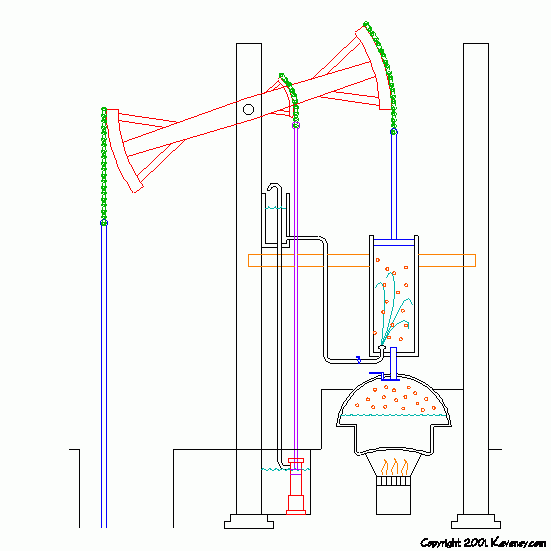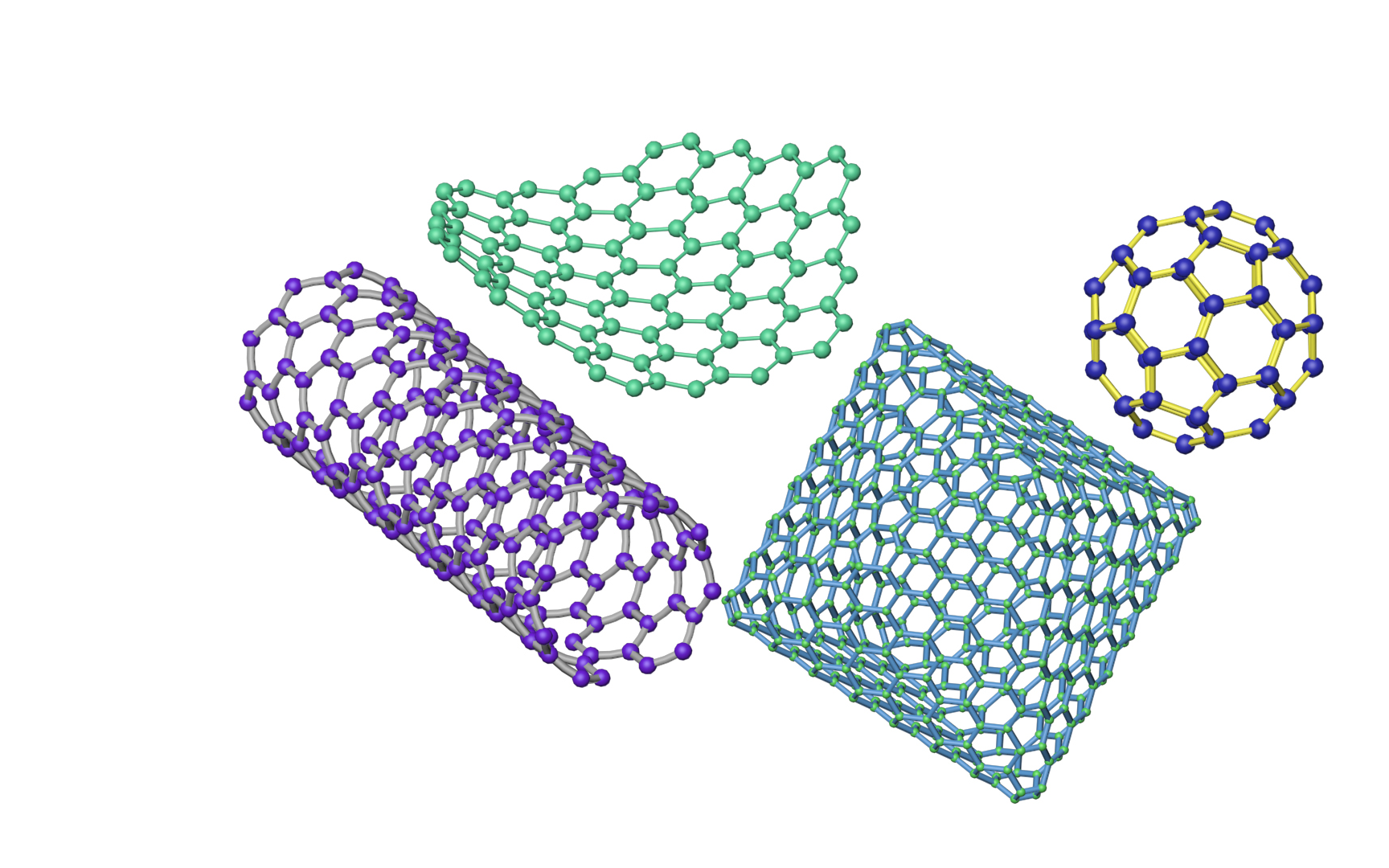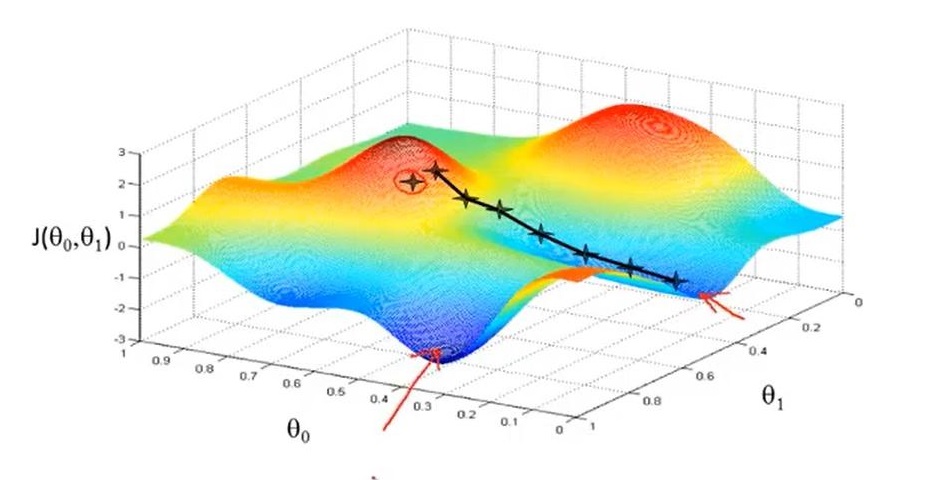
- Investment
- 科学论坛
-
Program
- Recruitment
- Center
News Message
Newcomen Atmospheric Engine
- by wittx 2022-11-16

This magnificent engine was patented in 1705 by Thomas
Newcomen, and is generally regarded as the first ‚modern‘ steam engine. Unlike later
steam engines, the Newcomen works on the atmospheric principle.The Newcomen was first used to pump water from mines in
England. The pump rod at left is coupled to the driving piston by
a large rocking beam.Water is boiled continuously to produce steam. During the piston’s upward
stroke this low pressure steam (about 5 p.s.i.)
is admitted to the cylinder. The pressure is insufficient to
lift the piston on its own — the weight of the pump rod does most of
the work.At the top of the stroke the steam valve is closed and a water jet
is briefly turned on, cooling the steam in the cylinder.The cool steam contracts, sucking the piston downward.
…Or stated another way: the higher atmospheric pressure drives the
piston downward, hence the name atmospheric engine. At the
end of the stroke, the cooling water is drained from the cylinder by an
extra passage not illustrated here.During the upward stroke, an auxiliary pump fills the cooling water
reservoir.Newcomen engines were successful in part because they were very safe
to operate. Since the steam was under such low pressure, there was
no risk of a dangerous boiler explosion.As near as I can tell, the earliest Newcomen engines featured
manually operated valves, as illustrated here. An operator
apparently stood on a platform near the cylinder base and threw the
valve levers on each stroke. (From the illustrations I have
available, this engine seems to have stood at least 20 feet tall).
Later Newcomen engines featured automatic valves which were coupled to
a pushrod attached to the main beam.This magnificent engine was patented in 1705 by Thomas
Newcomen, and is generally regarded as the first ‚modern‘ steam engine. Unlike later
steam engines, the Newcomen works on the atmospheric principle.The Newcomen was first used to pump water from mines in
England. The pump rod at left is coupled to the driving piston by
a large rocking beam.Water is boiled continuously to produce steam. During the piston’s upward
stroke this low pressure steam (about 5 p.s.i.)
is admitted to the cylinder. The pressure is insufficient to
lift the piston on its own — the weight of the pump rod does most of
the work.At the top of the stroke the steam valve is closed and a water jet
is briefly turned on, cooling the steam in the cylinder.The cool steam contracts, sucking the piston downward.
…Or stated another way: the higher atmospheric pressure drives the
piston downward, hence the name atmospheric engine. At the
end of the stroke, the cooling water is drained from the cylinder by an
extra passage not illustrated here.During the upward stroke, an auxiliary pump fills the cooling water
reservoir.Newcomen engines were successful in part because they were very safe
to operate. Since the steam was under such low pressure, there was
no risk of a dangerous boiler explosion.As near as I can tell, the earliest Newcomen engines featured
manually operated valves, as illustrated here. An operator
apparently stood on a platform near the cylinder base and threw the
valve levers on each stroke. (From the illustrations I have
available, this engine seems to have stood at least 20 feet tall).
Later Newcomen engines featured automatic valves which were coupled to
a pushrod attached to the main beam.
Share Http URL: http://www.wittx.cn/get_news_message.do?new_id=1023
匿名
匿名
匿名
匿名
匿名
匿名
匿名
匿名
匿名
匿名
匿名
匿名
匿名
匿名
匿名
匿名
匿名
匿名
匿名
匿名
Best Last Month



















.jpg)
